Anyone who is active and enjoys working out knows the joys of a good sweat session. You also feel horrible when you don’t get to exercise. When you are sick or injured, it’s another story. Even if you want to workout, you might not be able to—at least not right away. Recovery, as you know, is an integral piece of the fitness puzzle, but it’s also the cornerstone of overall health. Staying fit while injured or sick is all about how you handle the injury or illness.
Here are useful tips for maintaining fitness when sick or injured, so you can bounce back fast.
Get Medical Advice
Depending on the severity of your injury or illness, you will probably end up going to the doctor. During this visit, you must ask their advice. Doctors might not be fitness professionals, but they do know that injuries and ailments will affect your movement.
Your doctor may recommend that you cancel workouts completely for a time. If your injuries are not debilitating, they might recommend modifying the exercises or substituting in new ones (such as using lighter weights, walking instead of running, physical therapy instead of sessions with a personal trainer).
If you are cleared for physical therapy, do that first before jumping back into the gym on your own. A physical therapist is trained to see imbalances in the musculoskeletal system. In turn, this helps you prevent future injuries by learning proper technique and posture.
Do What You Can
When you are ill, the “no pain, no gain” motto goes out the window. When you are sick or injured, any sign of pain in the affected region or somewhere new is an ominous sign. Stop whatever it is you are doing.
Yes, low impact exercises and lighter weights might feel too easy for you, but remember that a little something is better than nothing; and at this point in time, you’re not training to gain anything. You’re simply trying to aid the recovery process and maintain your present level of fitness. You can always modify your workouts around and injury, including adding in resistance band work, stability and flexibility exercises, yoga, physical therapy, bodyweight isometric exercises, and water aerobics.
Think of this as a chance to try something new. Do what you can with what you have, and be awed by what your body can still accomplish, even when you are sick or injured.
Focus On Nutrition
By making the correct food choices, you won’t have to worry about gaining any weight during your downtime. In fact, you will be surprised to find that your body will continue to change in a positive direction by keeping up with the quality nutrition and diet. What you put into your body also aids in the recovery of injuries and illnesses, so you should be prioritizing vitamins, nutrients, and proteins during your recovery. Vitamins and nutrients will give your body the tools it needs to fight any infections or viruses, while proteins—the building blocks of cells—can start to repair damage to muscles and other connective tissues.
Just remember that, because you are doing less work, you won’t be needing as much food as you would if you are trying to build muscle. Modify your caloric needs accordingly.
Recovery Is Key
Aside from proper nutrition, you need to let your body heal naturally. The only way that is going to happen is if you allow it to rest. While this might be frustrating and you might feel like you’re “doing nothing,” keep in mind that it’s not like that for your body at all. Pushing yourself to do an intense workout when your sick or injured is only going to worsen the problem and prolong your recovery time.
Rest seriously.
Listen to your doctor’s advice if you are sick. If you’re injured, remember the RICE method:
- Rest – avoid any activity that would use the affected region.
- Ice – apply ice for 15-20 minutes every 2 hours or when needed. Ice helps reduce inflammation and accelerates healing.
- Compression – wrap the injury with an elastic bandage or brace to reduce swelling and increase circulation.
- Elevation – keep the injured area elevated by propping it up on a pillow, chair, ottoman, yoga block, or another soft object.
Note that RICE shouldn’t be used for sprains. Other injuries might need a cast, wrap, splint, brace, or stitches. Ensure that any supportive items fit you properly, and ask any questions to your doctor about movement with casts, stitches, and braces to make sure you avoid anything contraindicated.
Dealing With Lost Progress
Watching your progress disappear, even just a little, can be frustrating and depressing—but don’t let the negative thoughts or feeling of laziness dissuade you from recovery. The wonderful thing about progress is that it can be recovered. By staying as active as physically possible and keeping up a positive outlook towards your recovery, you will be able to return to your original workout regimen faster and find success in your goals quicker.
Learning how to deal with injuries and unforeseen downtime is just another aspect of training, albeit a mental one.
Use this time to discover other things that help keep the mind and body strong. Go back to a hobby you might have forgotten about, catch up on those books you planned on reading, try new meal recipes, meet up with friends, or go on vacation.
Conclusion
Recovery is all about how you approach the downtime. Just because you are injured or sick doesn’t mean you can’t workout—but it will affect what you can do. Modify your exercises or find new ones to try. Most of all, remember that the body needs time to heal. Give yourself adequate time to recover and do what you can with what you have.
A little bit of patience goes a long way, and you will find yourself back in the gym in no time.
Enjoyed this article and want to learn more? Fill out the contact form to receive updates!
The post How To Stay Fit While Injured Or Sick appeared first on Gaspari Nutrition.




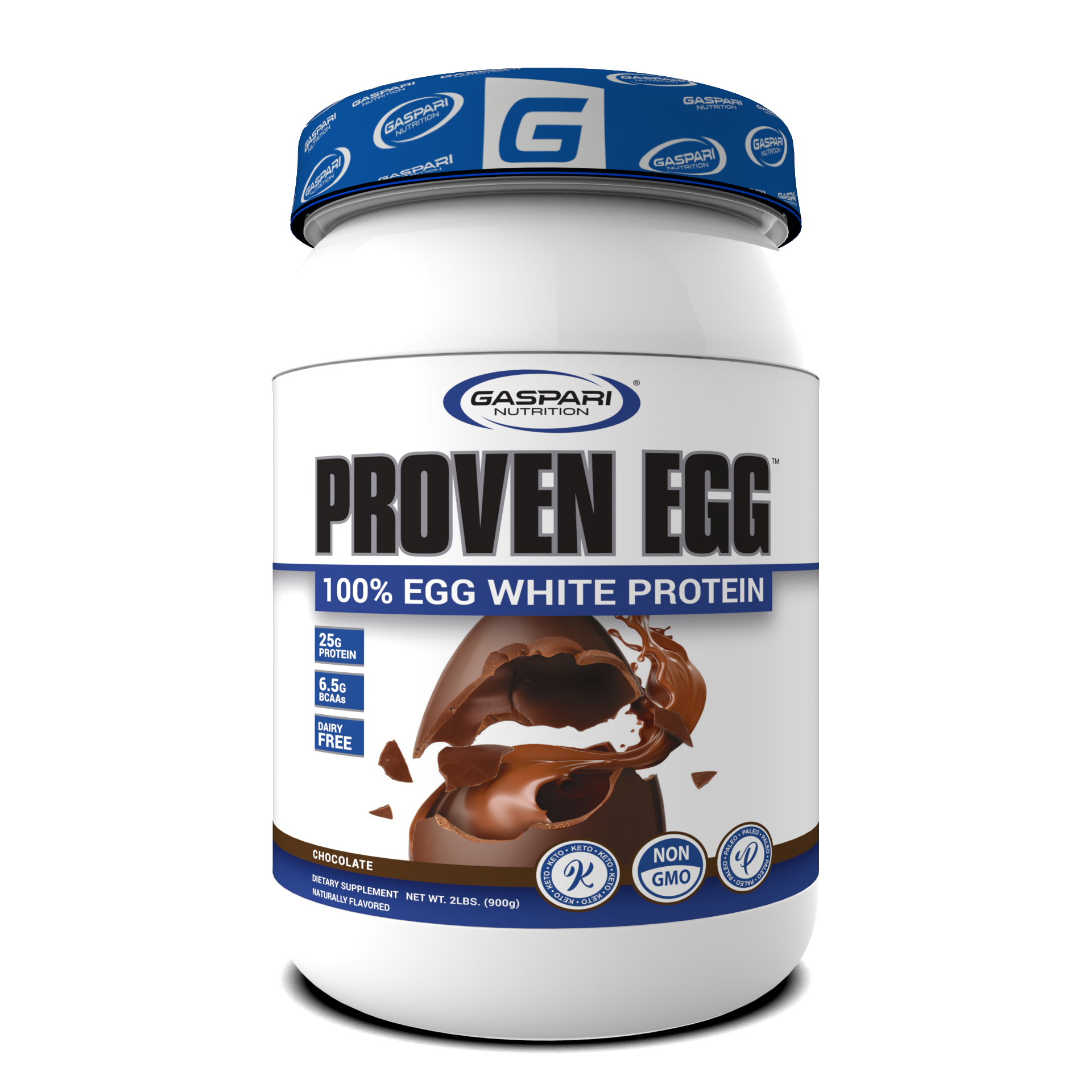




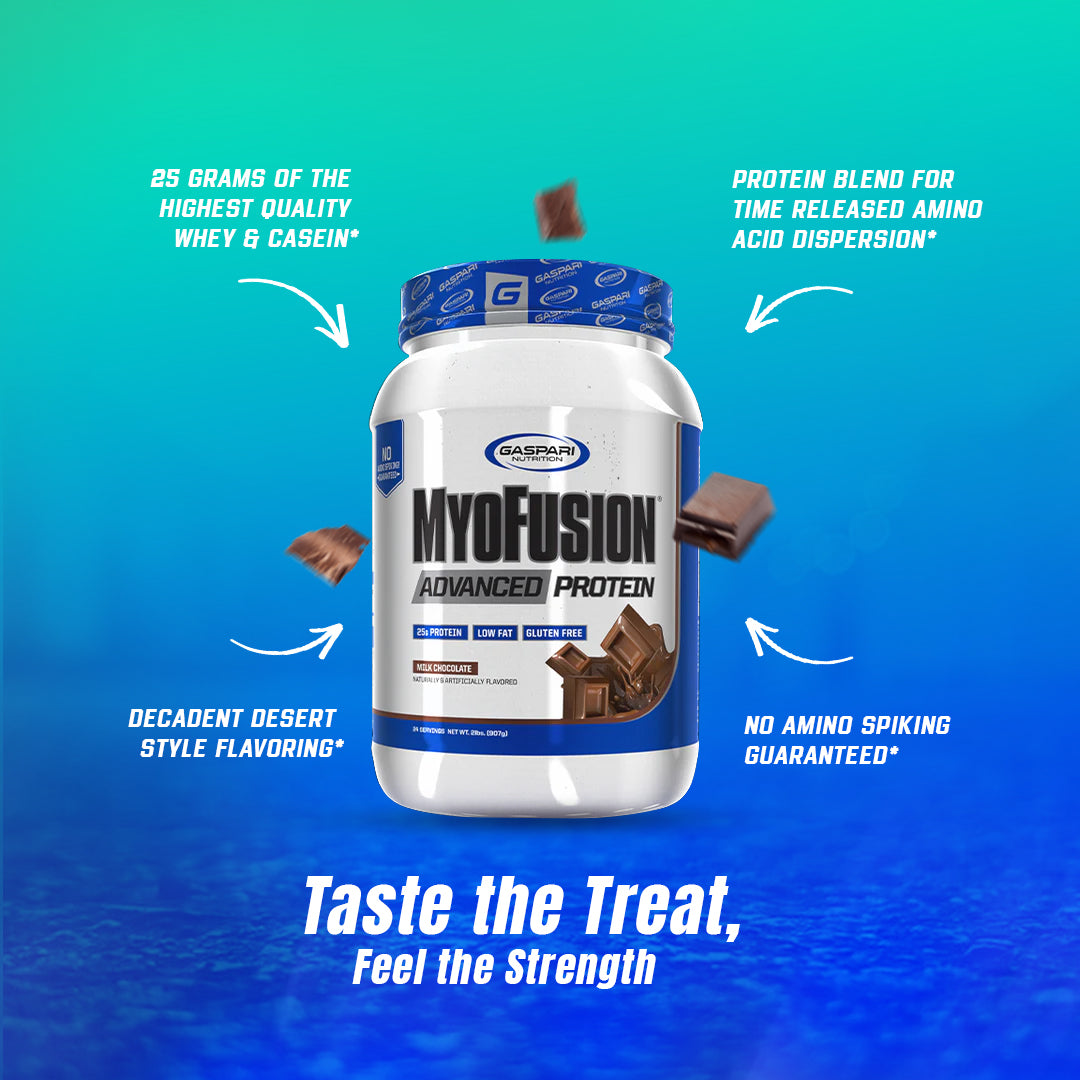

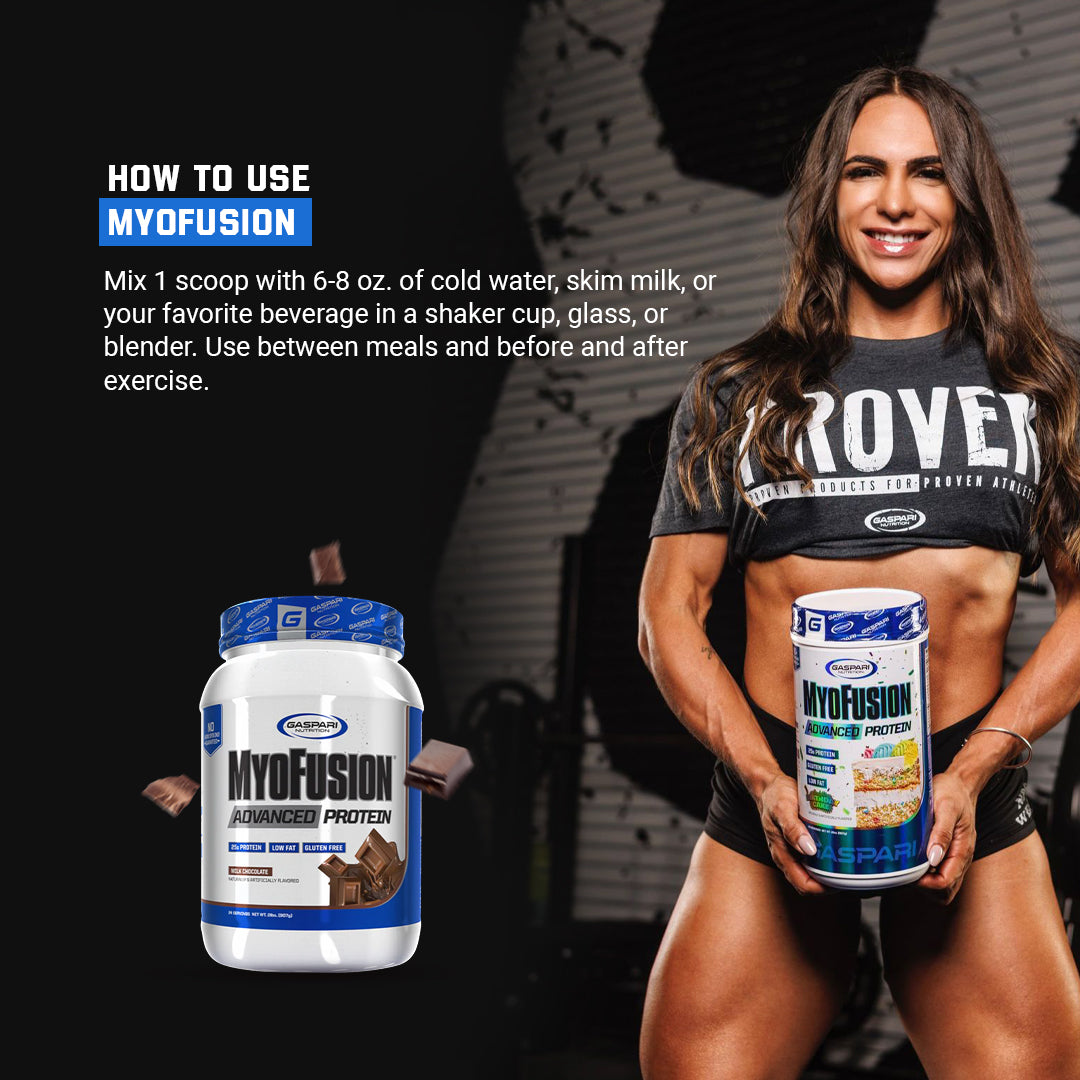





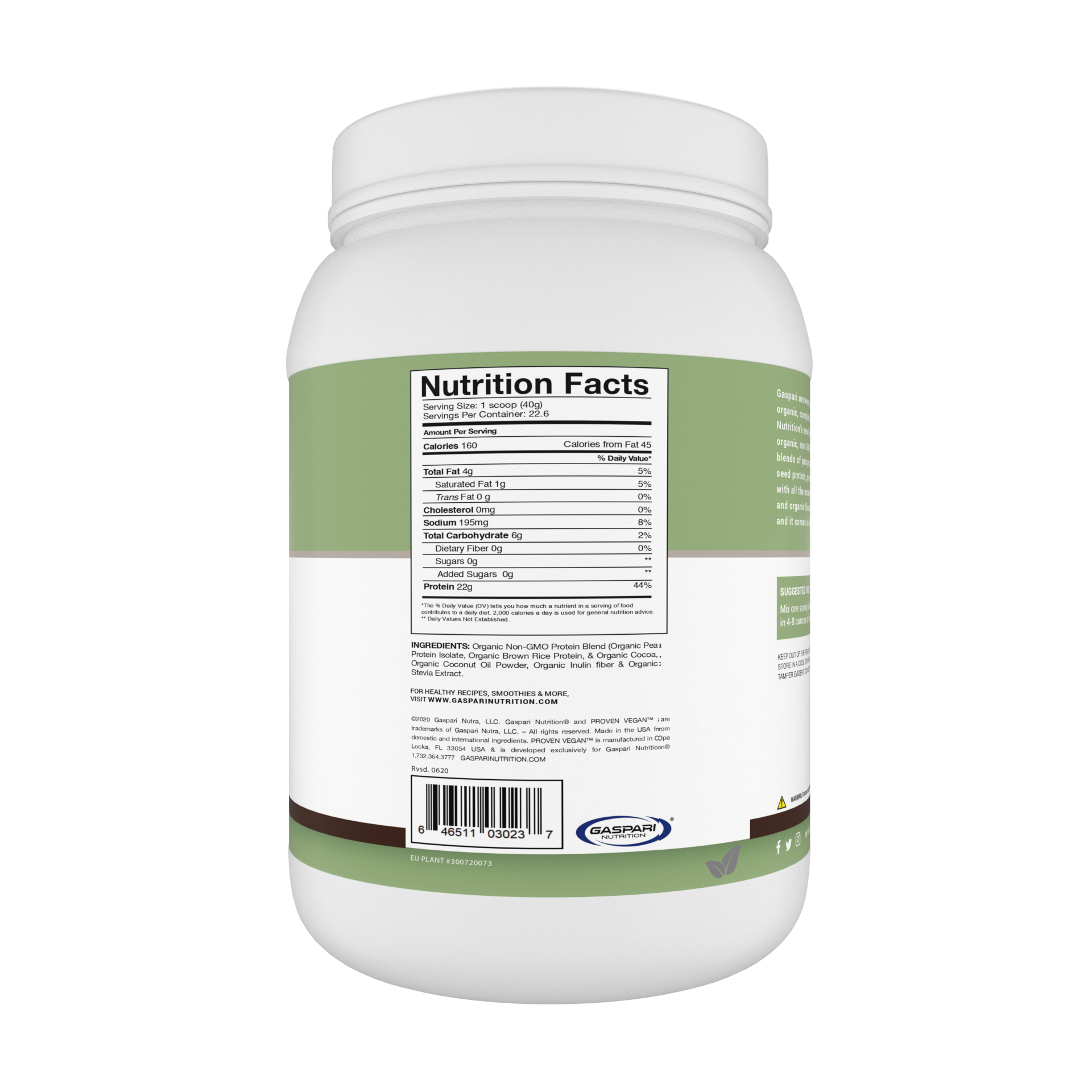

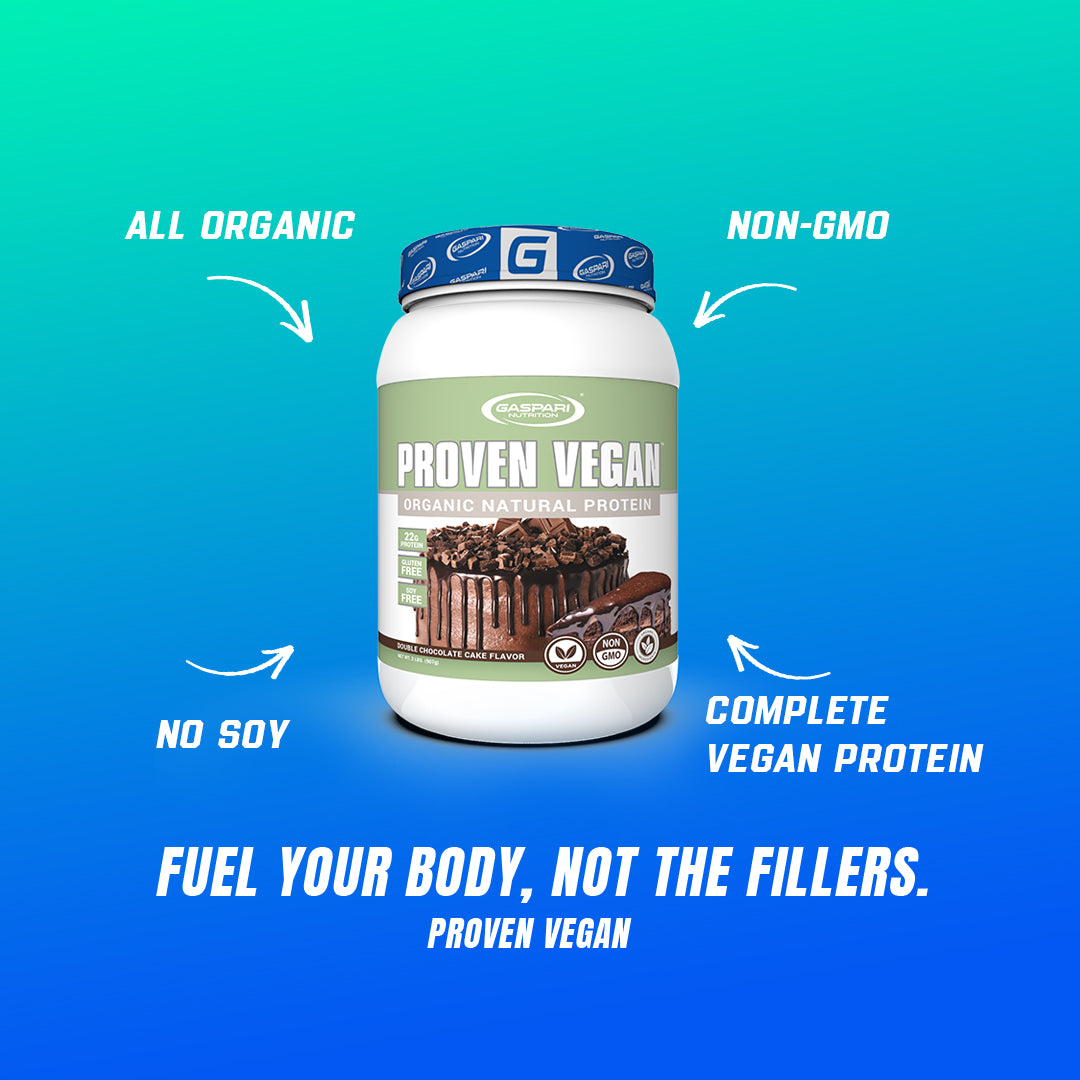



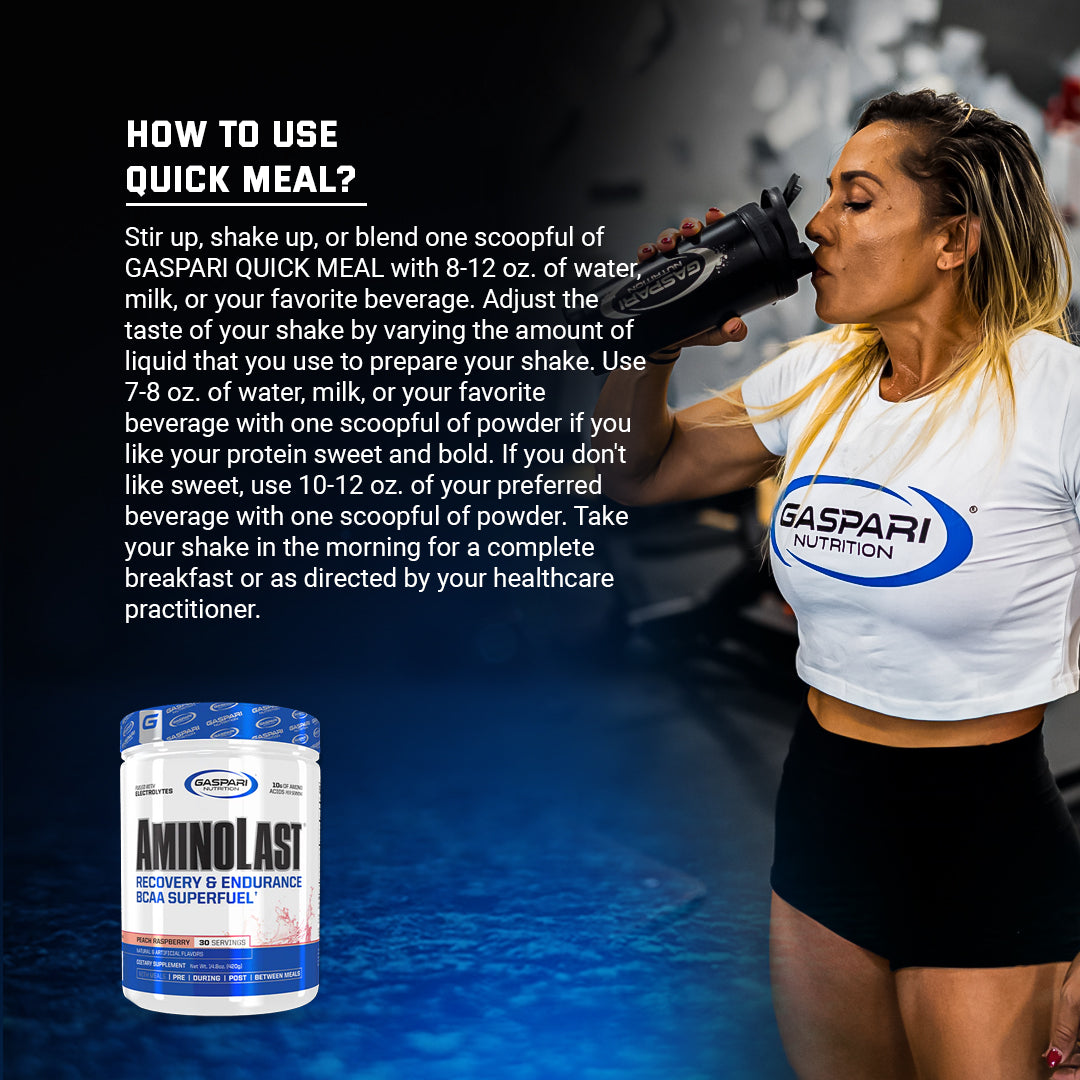
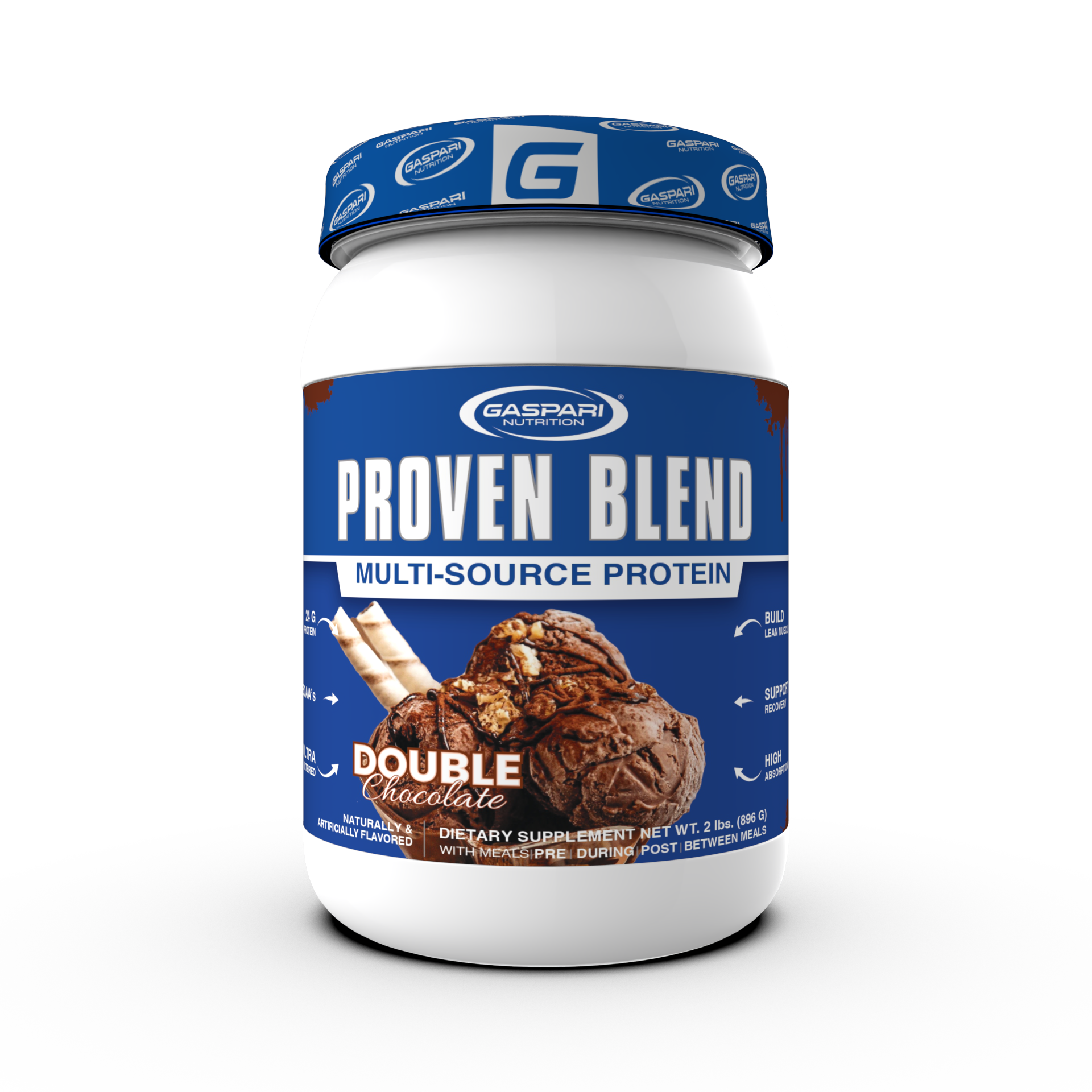
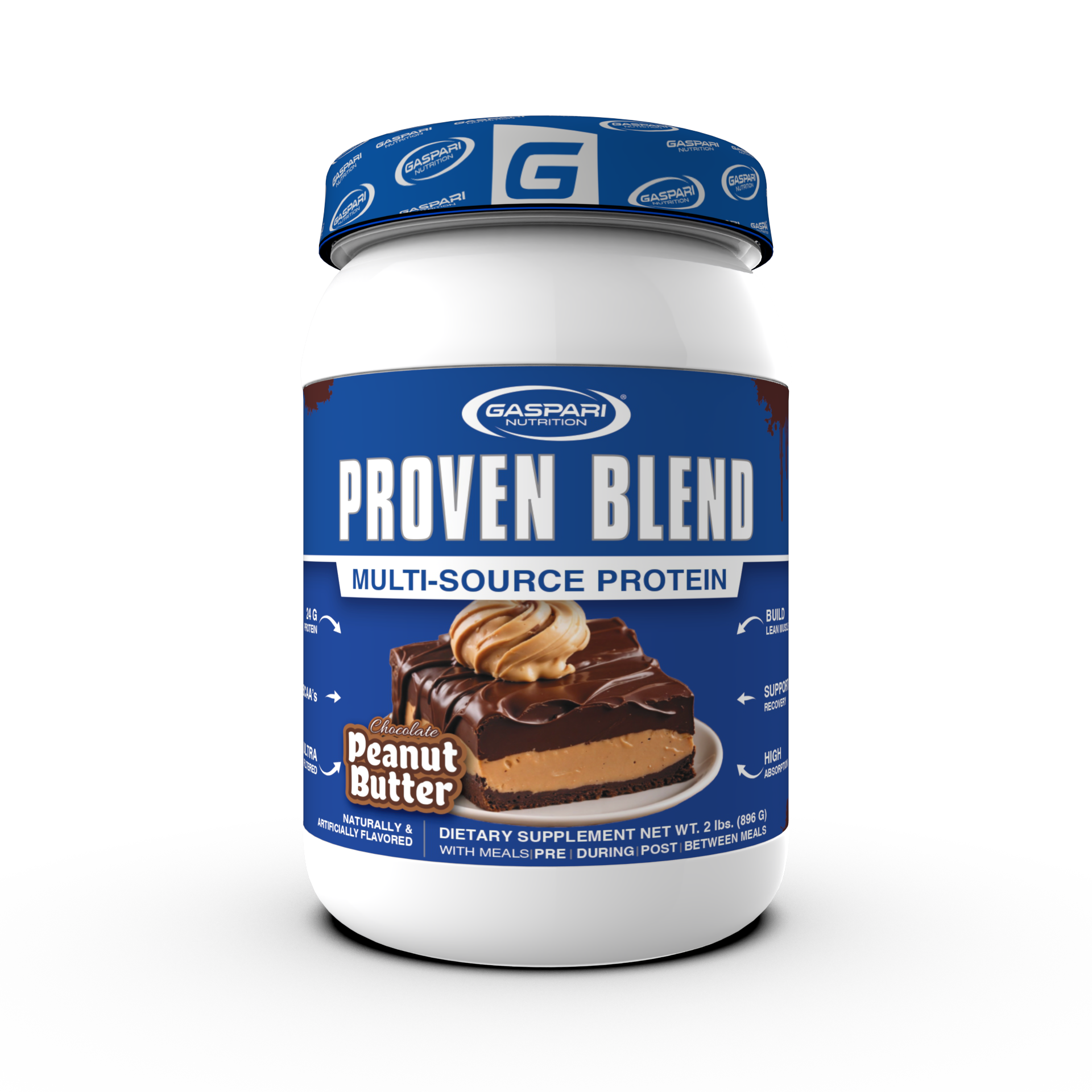









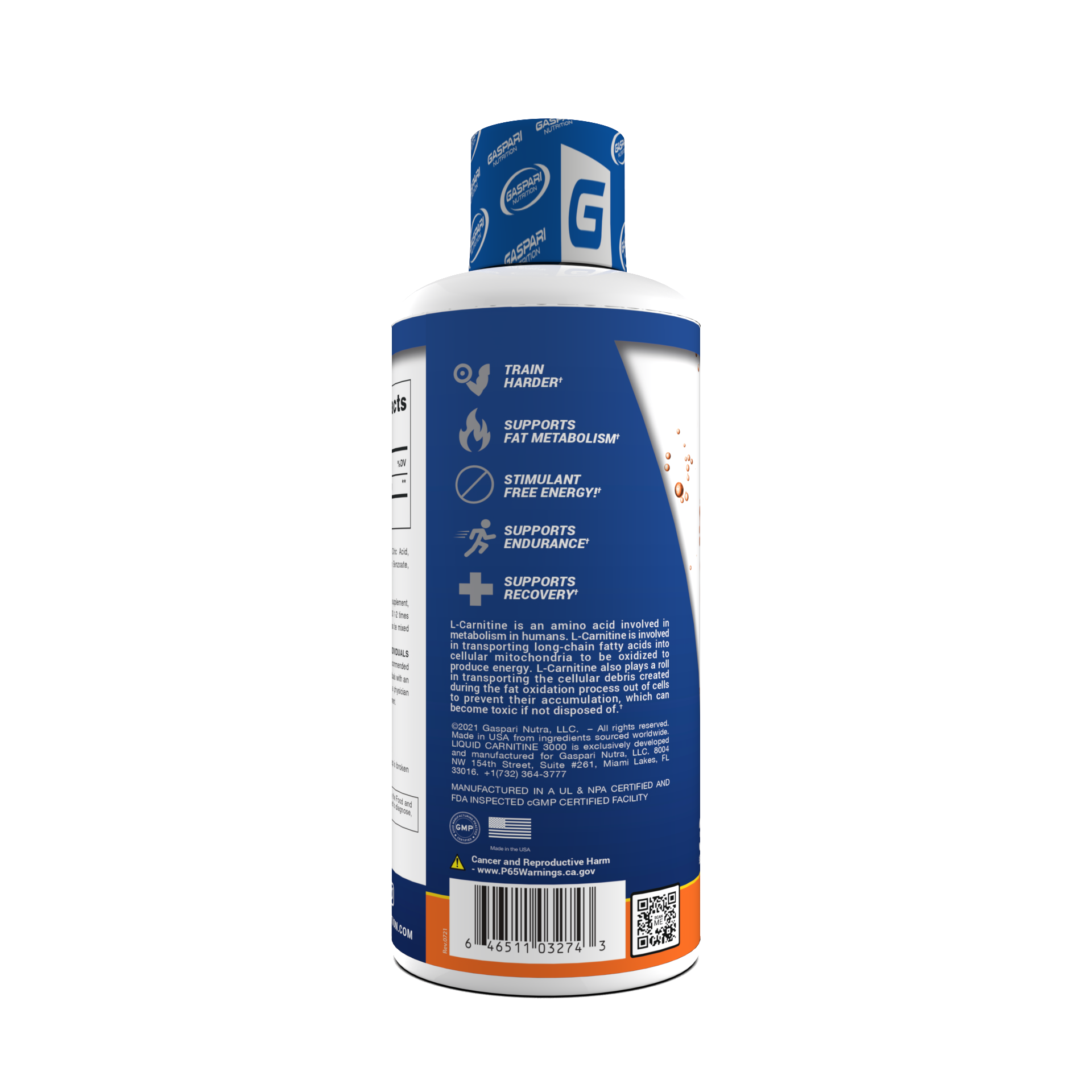

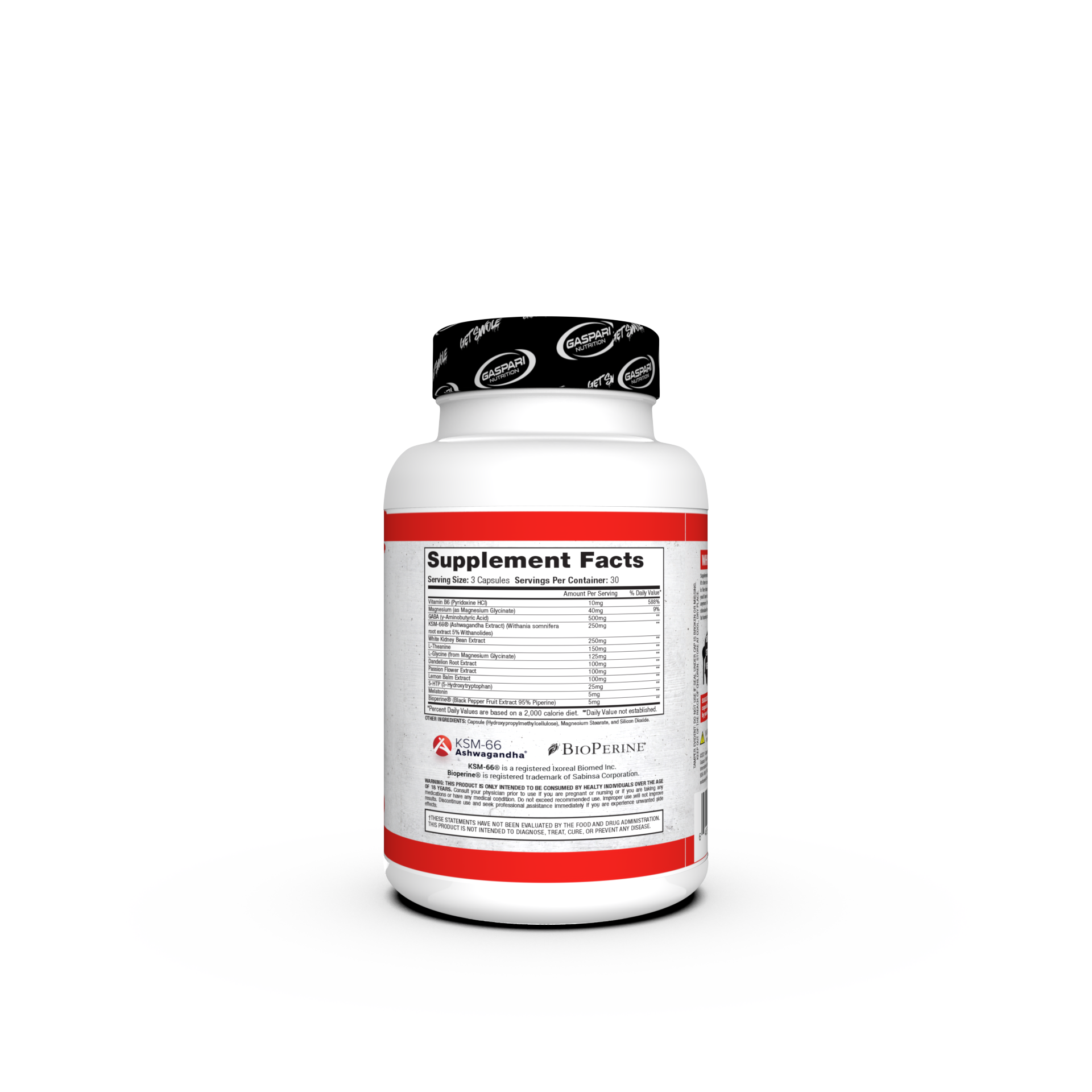
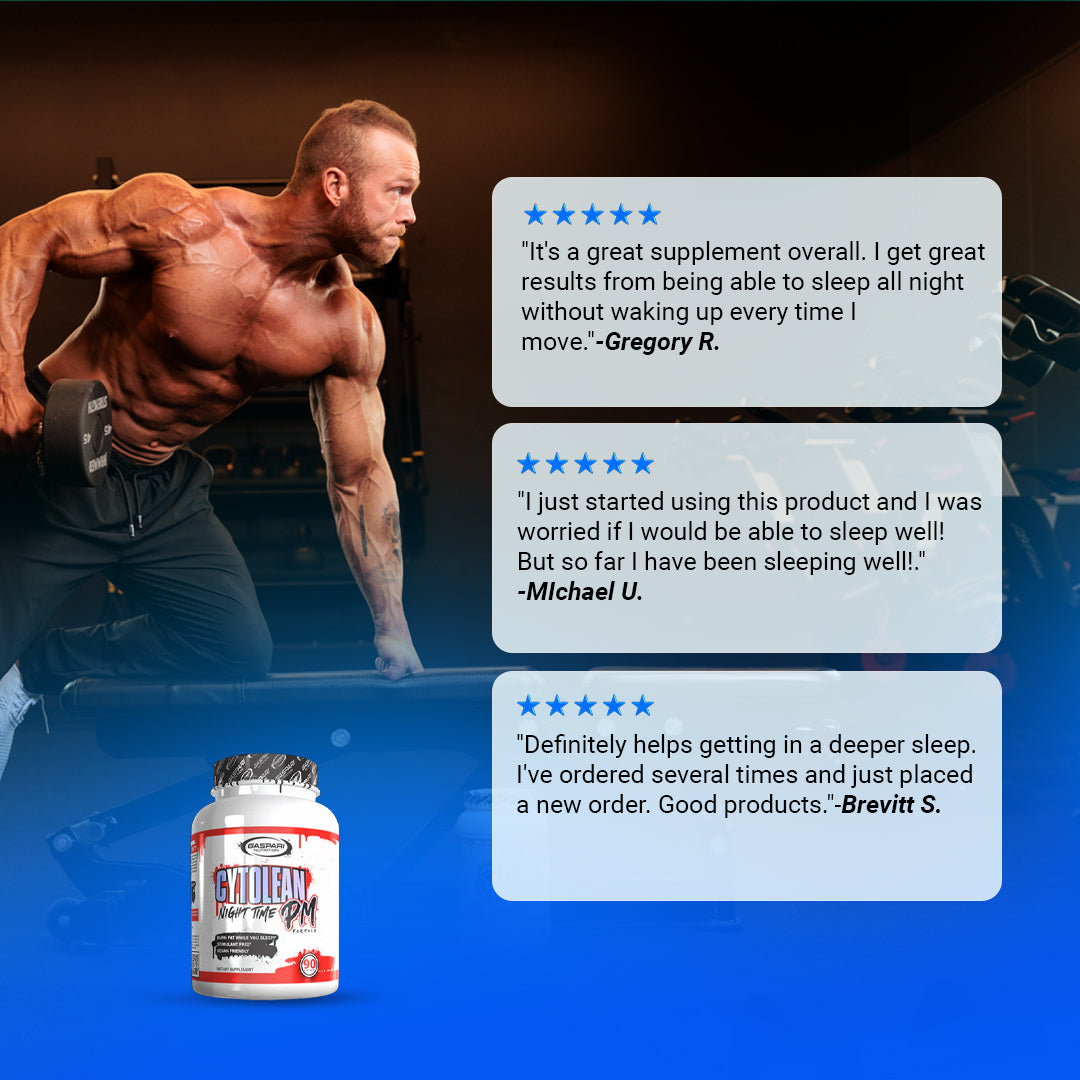

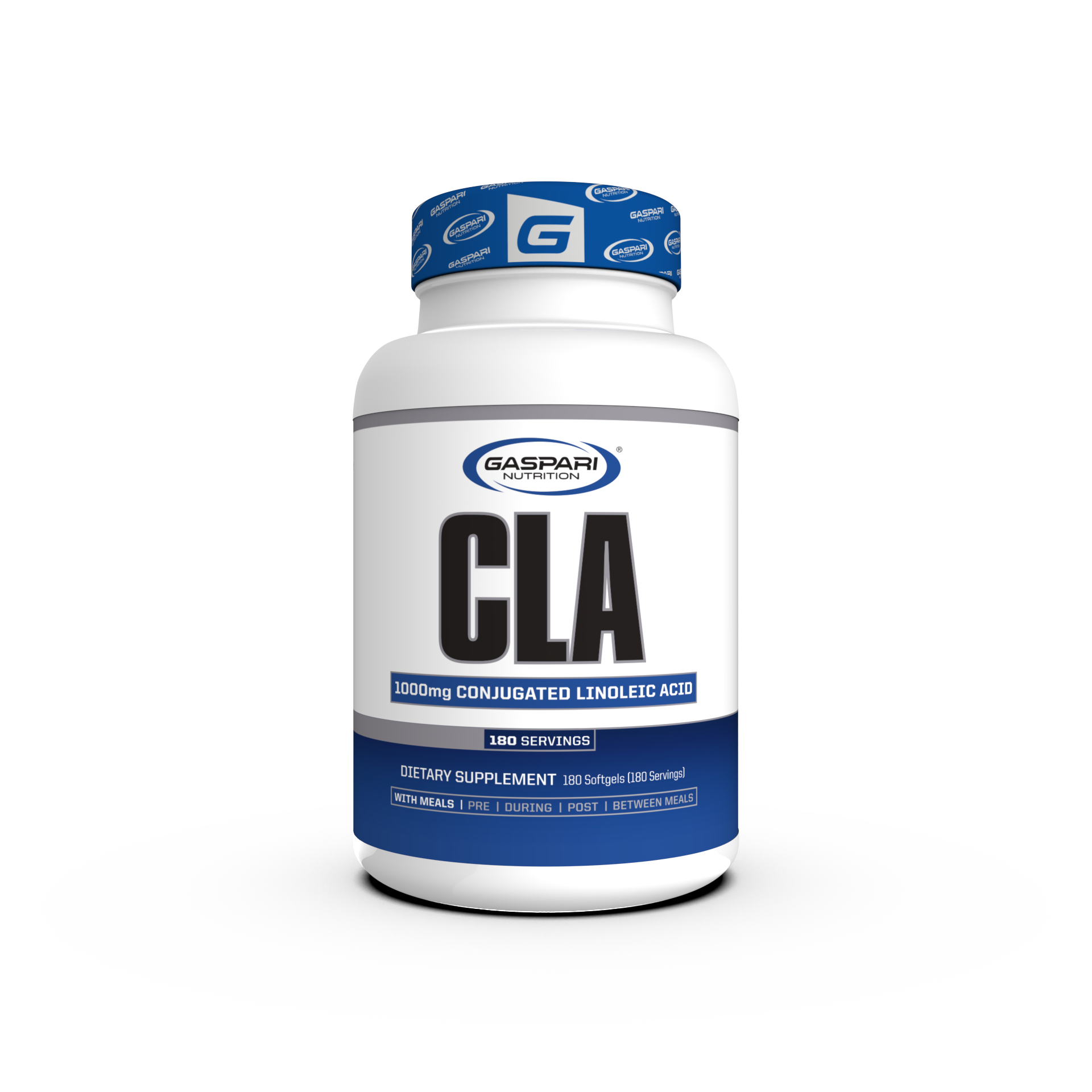

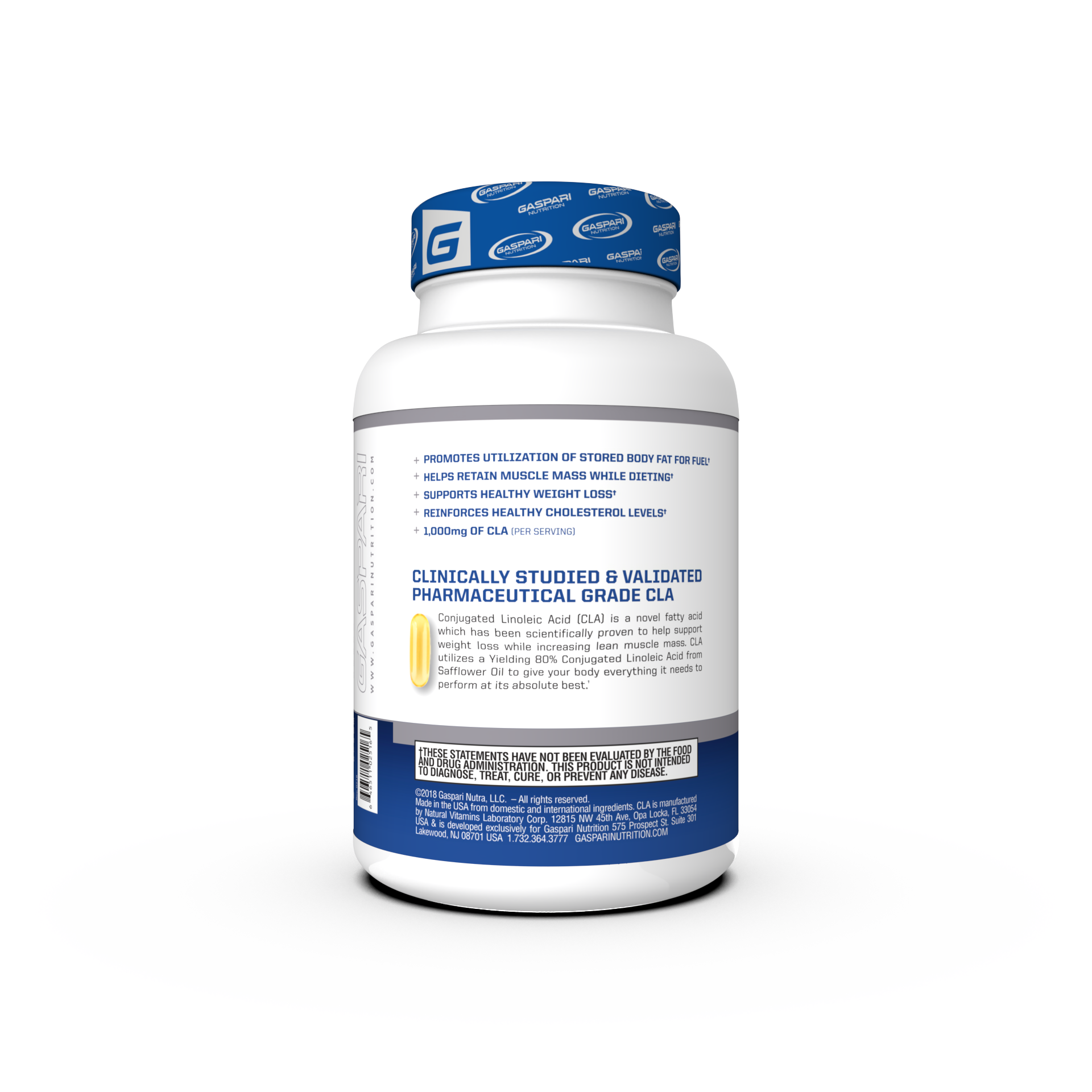



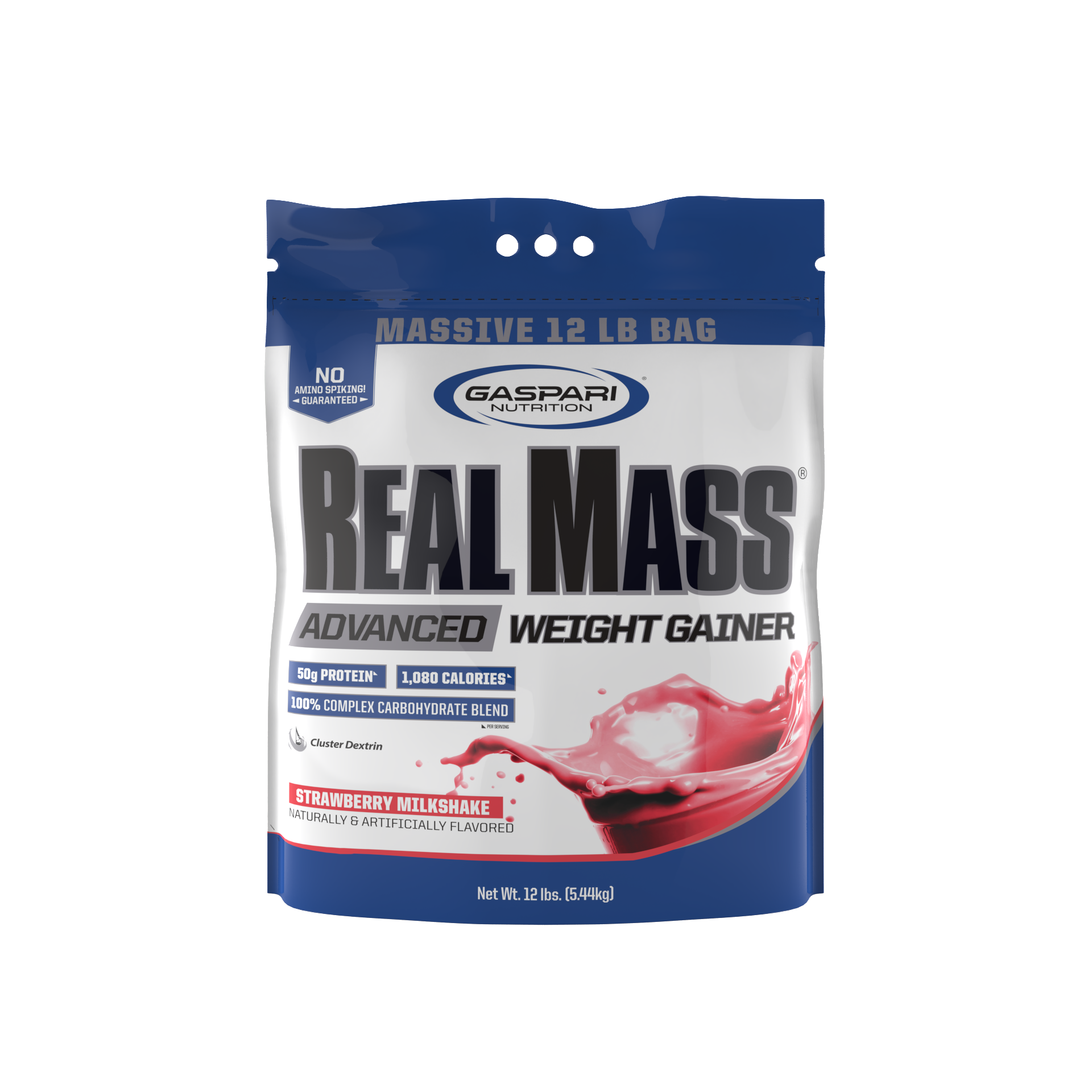

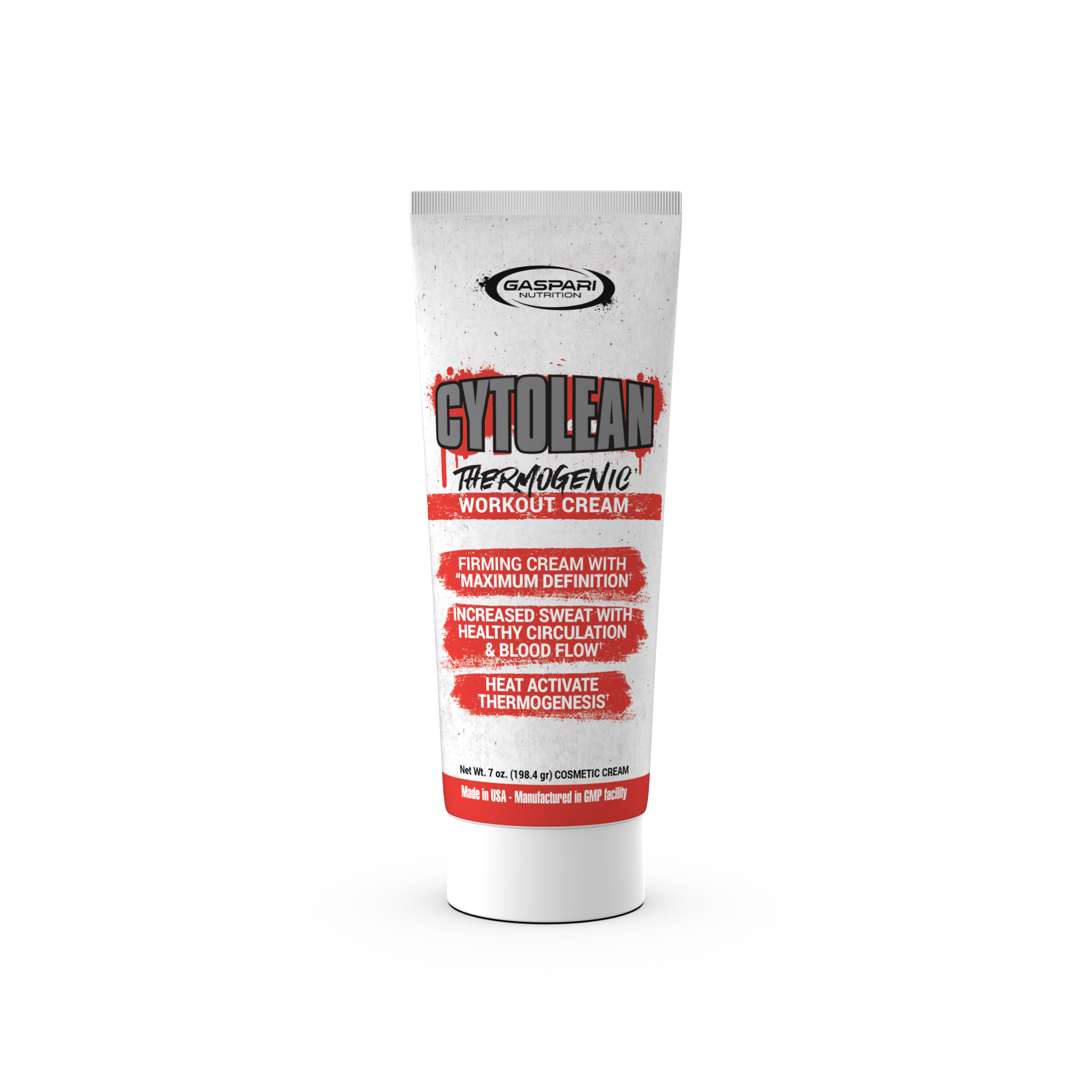








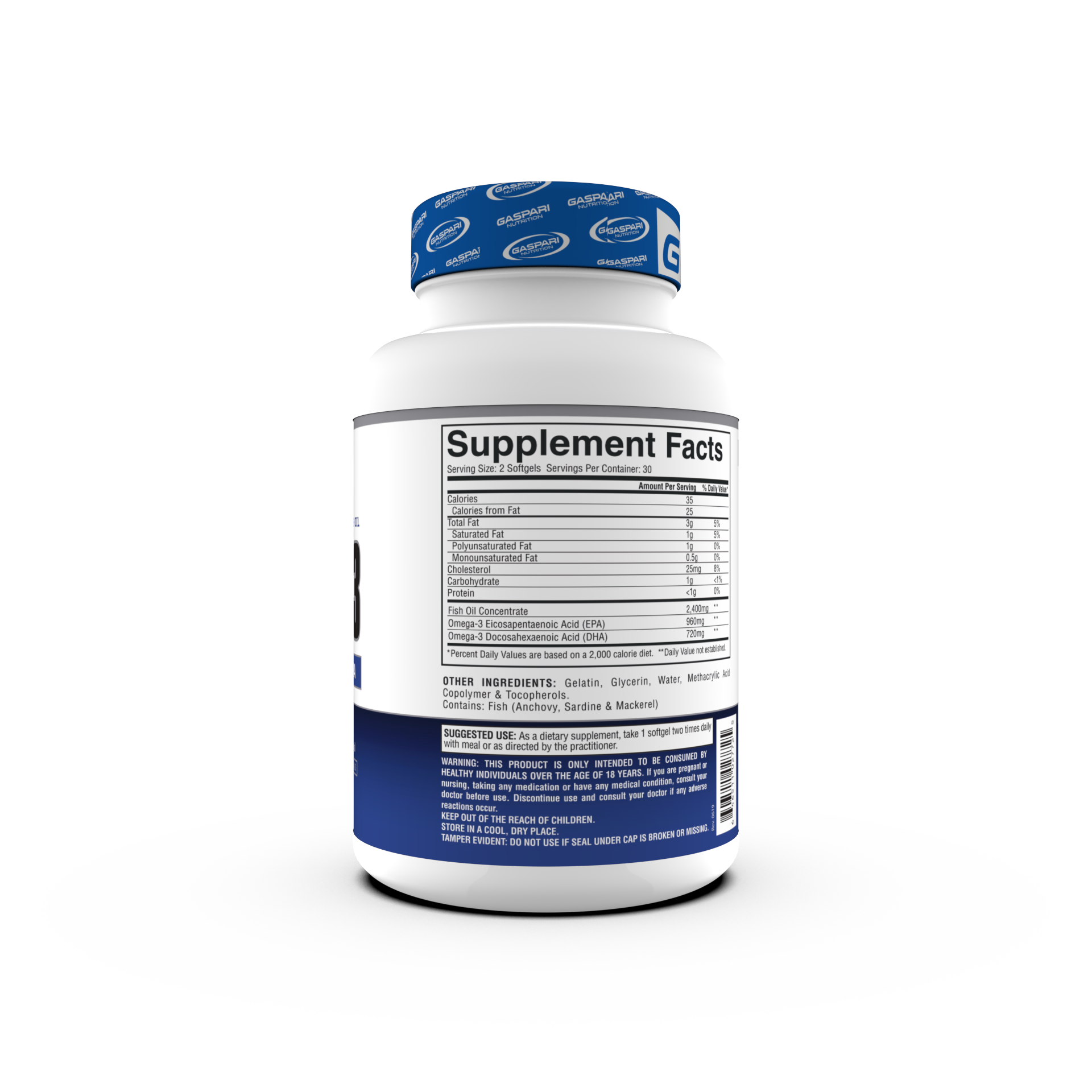
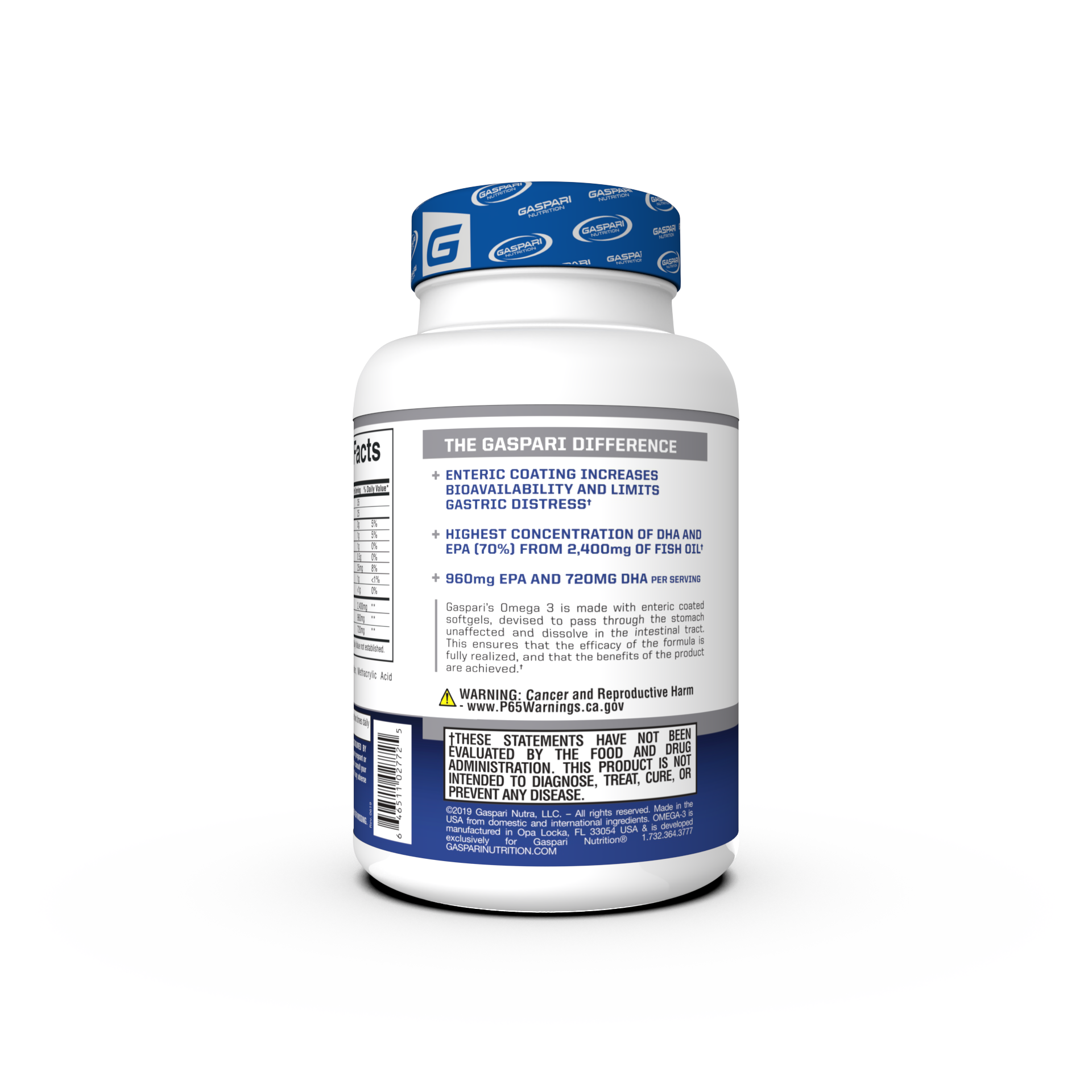

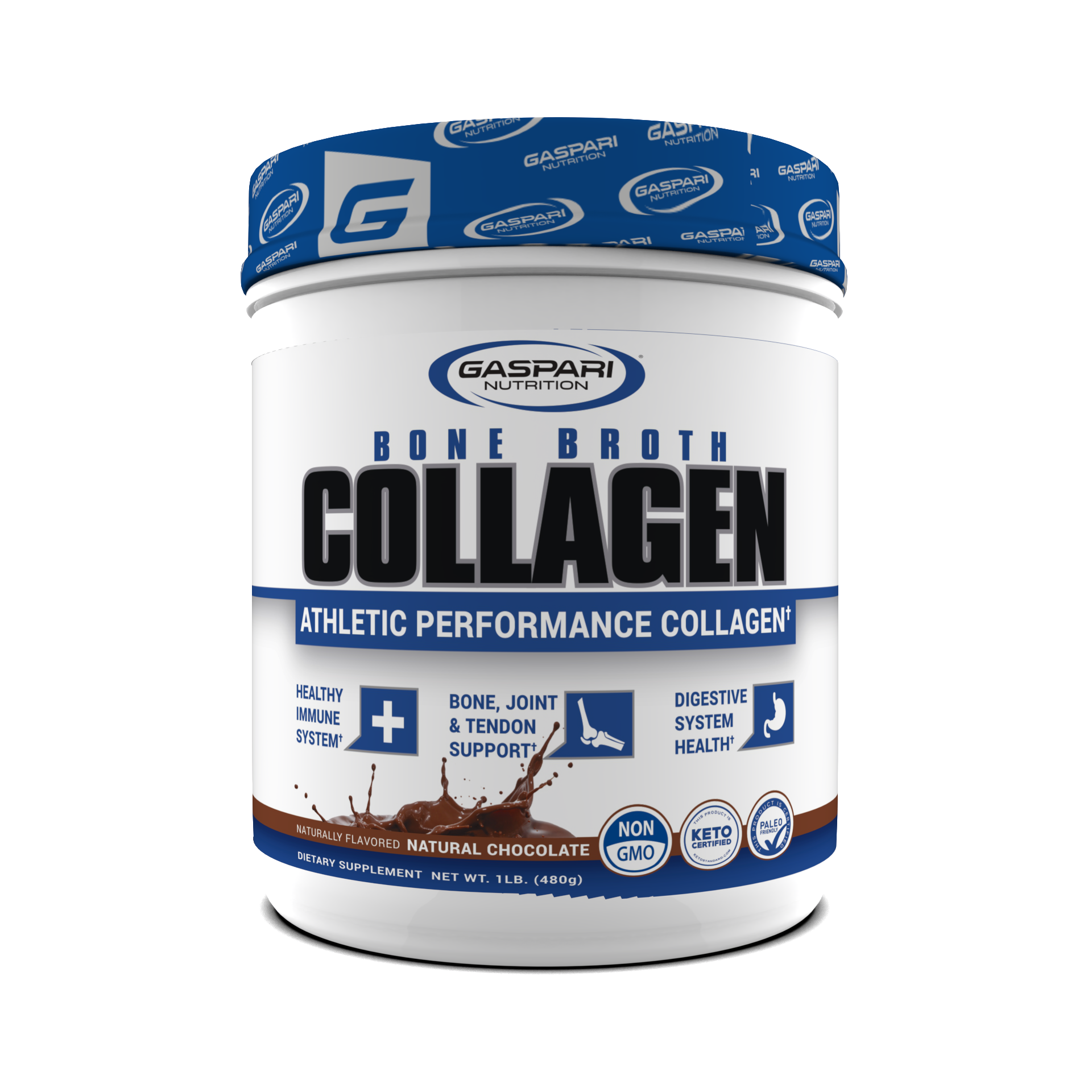







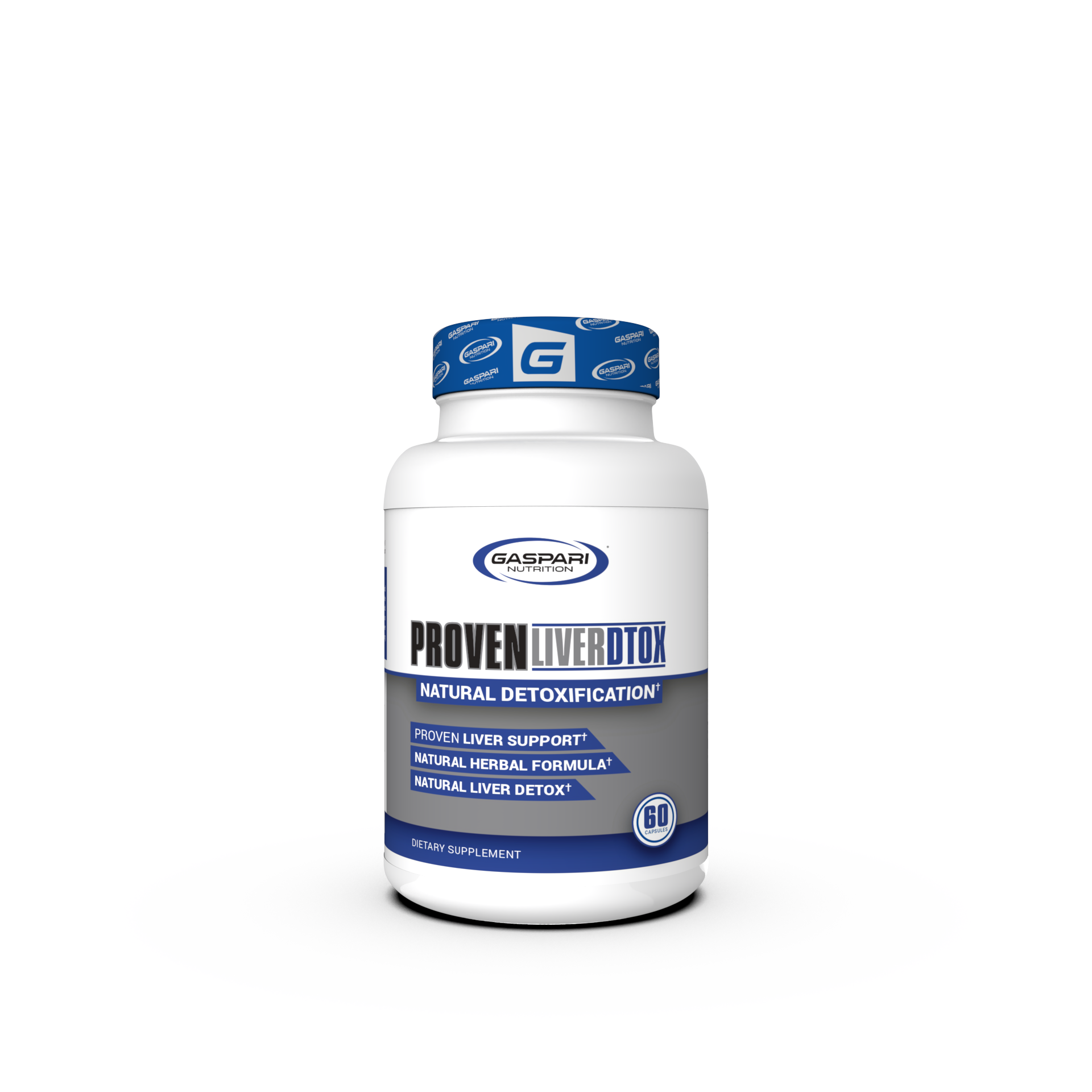

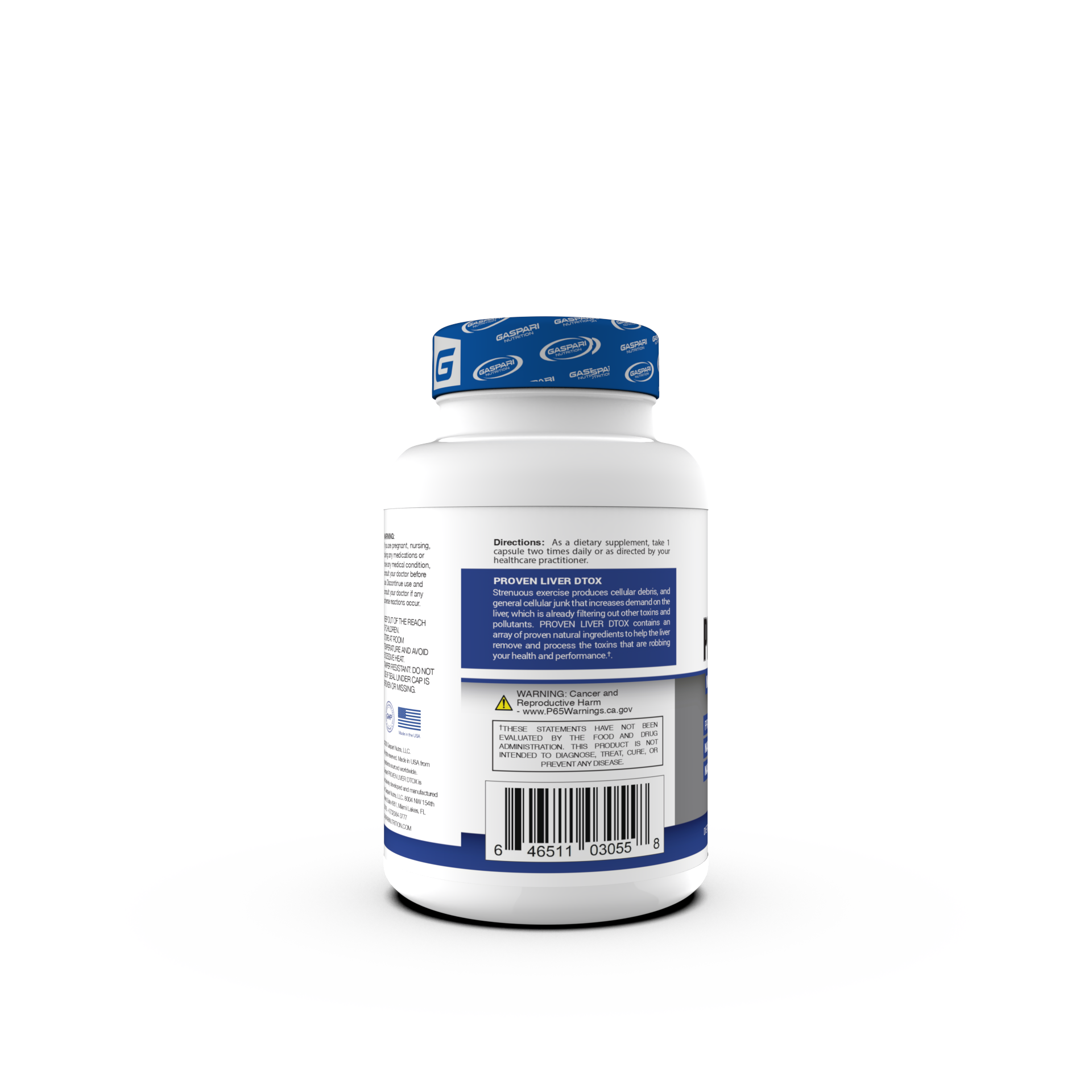

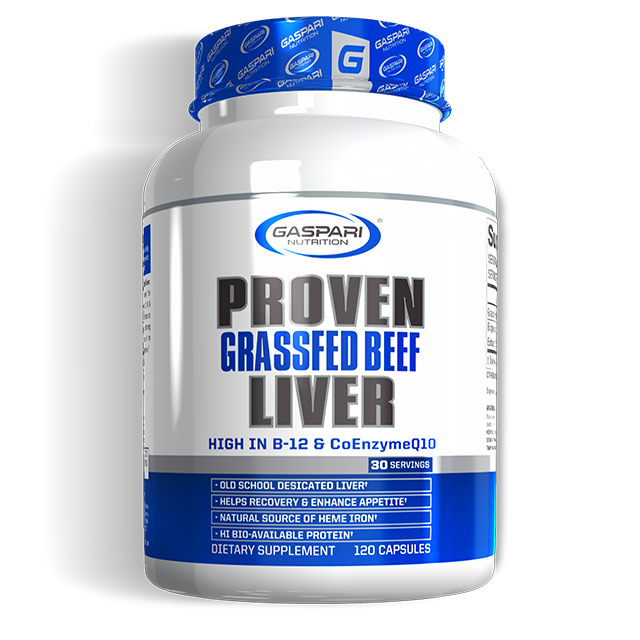





Share:
Stretching & Exercise: Do I Really Need To Stretch After My Workouts?
Sleep & Recovery: Sleeping To Get Results